South Suburban’s commitment to sustainability and stewardship of the environment is evidenced through numerous actions and practices.
Recycling and Waste Reduction
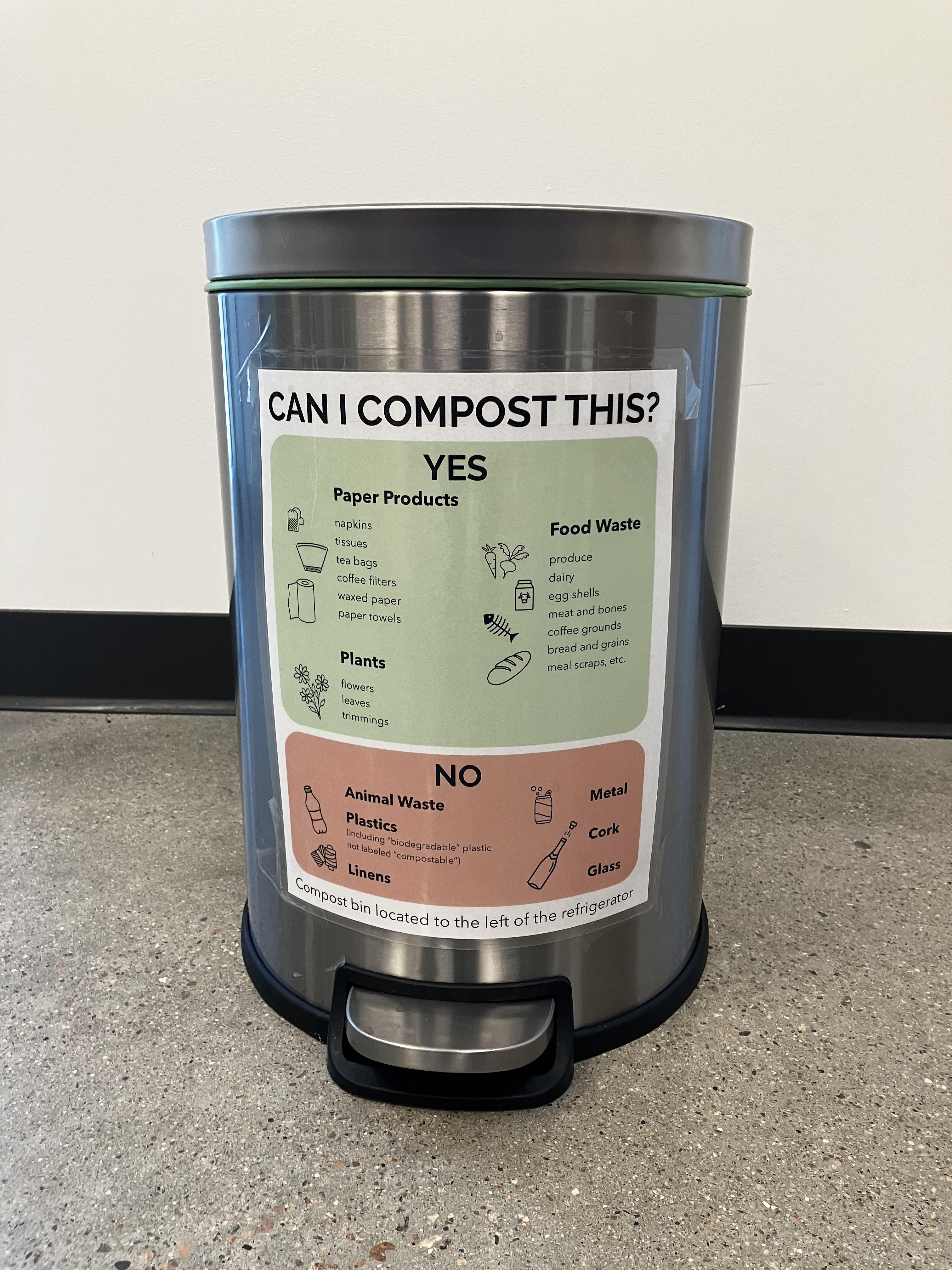
Reducing solid waste and prioritizing renewable or reusable resources. This includes providing convenient and accessible recycling bins wherever feasible; encouraging staff and visitors to recycle or compost eligible materials; and monitoring and improving our recycling program.
Recycling and Waste Reduction Examples:
- Districtwide recycling in SSPRD parks and facilities generates nearly one ton of recycled materials per week.
- The District uses a recycling contractor to sustainably dispose of business equipment, IT equipment, and other electronics, preventing metals, plastics, or glass from leaching into the environment. The district recycled 6,415 lbs. of electronics in 2022 and 2023.
- Staff diverted over 1,000 pounds of food waste from two facilities during the first five months of the 2023 composting pilot project.
- Using materials with recycled content, including fences and benches, playground structures, synthetic field infill, as well as the reuse of natural materials, such as logs for resting along trails at the Carson Nature Center.
- Cleaning and recycling of dirt collected from park maintenance and construction projects. The amended topsoil is used as topdressing on athletic fields throughout the district.
- Recycling more than 1,000 Christmas trees annually for mulch in parks through the annual drop-off program.
- Reusing paper and purchasing post-consumer recycled paper and supplies at administrative offices.
- Replacing the coffee machine at the administrative offices with a coffee brewer in 2023, eliminating the use of thousands of plastic coffee pods annually.
- Transitioning to a new payroll system in 2020. This gave the HR team the ability to move all personnel files to electronic files, and the HR team no longer utilizes paper forms for personnel files and HR processes.
- Diversion of plant waste from landfills by composting within the horticulture and forestry departments and reusing or recycling planting containers.
- Implementing a composting pilot project in 2023 to divert food waste at two recreation centers.
- Reducing the number of pages in the quarterly catalog by fifty percent in 2022, a significant reduction in overall printing of marketing materials, and a shift to digital signage and evergreen content for printed materials to extend shelf-life.
- Converting trash receptacles in parks (2022) to remove the need for plastic can liners.
- Planning locations for recycling bins and collection in all new construction.
- Hosting an annual shredding event where materials are shredded and recycled.
- Converting water fountains to bottle-fill water fountains in all facilities to help reduce plastic waste.
Protection of Land, Air, Water, and Wildlife
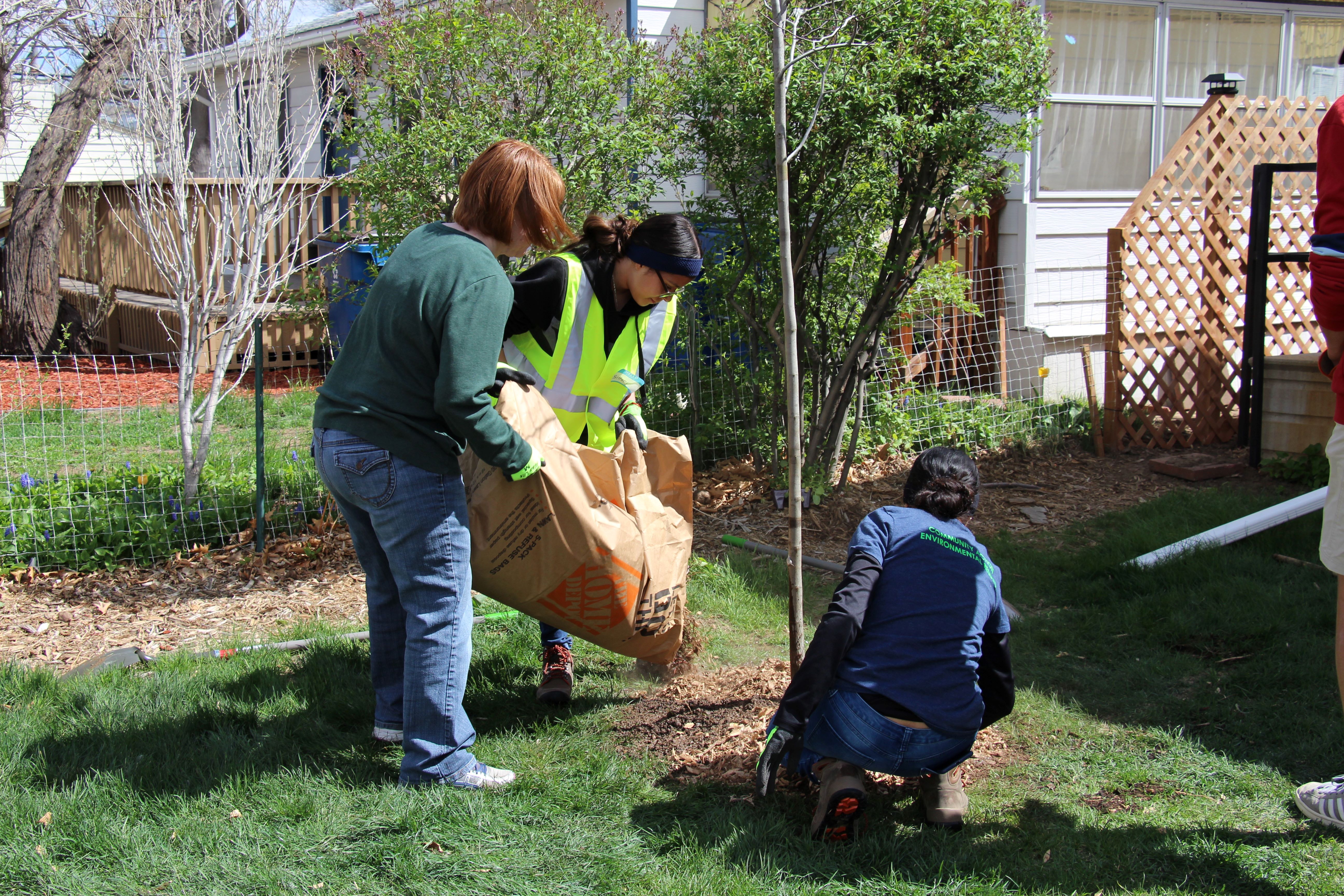
Implementing opportunities to conserve and protect water and soil, enhance air quality, limit the production and release of pollutants, and protect wildlife. This includes making decisions that reflect land and water conservation values, abiding by federal and state endangered species protection acts; complying with regulations and best practices for handling hazardous wastes and utilizing insecticide, fungicide, and rodenticide; and seeking opportunities to conserve energy resources and utilize alternative energy technologies.
Water Quality and Water Conservation Examples:
- Installing internet-connected, computer-automated irrigation controllers that adjust based on weather forecasts and actual rain events, and automatically shut down the irrigation system if it detects a break in the line.
- Utilizing various water-conserving irrigation systems, including subsurface drips, bubbler, and micro‐spray technologies to efficiently deliver adequate irrigation to trees, shrubs, and flowers.
- Installing low-flow toilets and motion-activated faucets in restrooms.
- Using Xeriscape design principles in tree, shrub, and perennial beds and using native or site‐adapted plant selections.
- Utilizing mulch and compost in landscape beds to reduce water loss through evaporation.
- Replacing 270,000 square feet of turf with synthetic turf, saving nearly 4 million gallons of water annually and reducing mowing and fertilizer costs.
- Converting low-use irrigated bluegrass turf areas to non‐irrigated natural grass areas in our parks and along trails to reduce water use.
- Offering hotel guests the option to reuse their towels and linens during a multiple-night stay, helping us reduce water and energy consumption, as well as detergent.
- Designing and installing stormwater systems and water quality features that comply with local, state, and federal requirements.
- Using non‐potable well water at many golf courses and park sites to reduce the need for purchasing treated water in times of drought. The Family Sports Center golf irrigation switched from potable water to reclaimed water in 2021 and added magnet technology in 2020 to improve turf conditions and reduce water needs.
- Monitoring pool water closely to ensure we are not overusing the resource. By using proper sanitation levels, we can decrease the need for backwashing and limit water use.
- Installing chemical feeders at pools with a more efficient delivery system, preventing the need to use more water to maintain a proper balance.
- Improving drainageways and stabilizing creeks with our local stormwater management partners, to improve drainageways/stabilize creeks to minimize erosion, cut banks, and stream degradation. Examples: Big Dry Creek (E Dry Creek Rd to Cherry Knolls Park, South Suburban Golf Course, and Arapahoe Bridge Replacement), Willow Creek (West Spring Creek Tributary, and S Quebec St to E County Line Rd), and Jackass Gulch (S. Santa Fe to HLC and realignment within SPP).
Alternative Energy and Energy Conservation Examples:
- Purchasing and leasing 725 solar panels in three local solar gardens that cover 75-80% of the electric costs at Buck, Lone Tree, and Goodson Recreation Centers and 55% of the energy costs of five irrigation pumps—two at the Littleton Golf Course, two at the South Suburban Golf Course, and one at the Sheridan Ballfield.
- Replacing outdated metal halide lighting fixtures with new energy-efficient lighting at the recreation centers, ice arenas, driving range, and office facilities.
- Converting to LED bulbs from incandescent and utilizing automatic light switch sensors.
- Designing master lighting control systems for newly constructed buildings.
- Installing programmable thermostats at some facilities that enter a vacant/off state when rooms are not occupied.
- Installing occupancy sensors in restrooms, offices, and kitchens to turn off lights when the area is not in use.
- Purchasing software to manage energy use for computers.
- Minimizing energy loss in some buildings by replacing aging infrastructure, including Insulation with higher R‐value to reduce heating needs in the winter months and replacing aging HVAC equipment with Energy Star-rated furnaces, hot water heaters, and air conditioning units.
- Maintaining filters, belts, and coils on HVAC equipment to keep equipment operating at peak efficiency.
- Using renewable energy concepts such as passive solar heat gain utilizing south-facing windows and solar mass to heat a building.
Air Quality Improvement Examples:
- Utilizing GIS technology to develop routing plans and combine trips to reduce routine maintenance vehicle miles traveled.
- Installing magnetic locks on park restroom facility doors to reduce staff trips to lock and unlock doors.
- Installing software to remotely control District computers, irrigation controls, and HVAC systems to reduce trips to facility locations.
- Planting trees and shrubs annually in the parks and along trails to cleanse the air by intercepting airborne particles, reducing heat, and absorbing such pollutants as carbon monoxide, sulfur dioxide, and nitrogen dioxide. Trees remove this air pollution by lowering air temperature, through respiration, and by retaining particulates.
- Converting gas-powered small equipment (trimmers, edgers, saws, etc.) to electric, reducing emissions and noise.
- Utilizing Lithium-Ion battery technology for all ice resurfacing machines.
- Participating in Arapahoe County and Lone Tree stakeholder workshops on EV readiness.
Human, Wildlife and Environmental Health Examples:
- Using Integrated Pest Management practices to best identify and treat pests and diseases.
- Reducing the use of fungicide by the horticulture and forestry department.
- Restoring the South Platte River to stabilize the river, increase the depth of the low flow channel, and create a series of riffles, pools, and glides to support aquatic wildlife.
- Planting trees along the South Platte River to improve the habitat, environmental quality and aesthetics of this heavily travelled corridor.
- Planning wetlands projects on the creeks, streams, and lakes to clean water before it is put back into the drainage system.
- Leaving perches, snags, and deadfall in open space areas to provide habitat for wildlife.
- Mowing and removing debris near private properties for fire mitigation.
- Promoting indoor and outdoor activities through recreation facilities, parks, and trails to foster health and reduce "nature deficient disorder" and obesity among children and adults.
Maintenance of Open Space

In March 2025, South Suburban analyzed its management of open space vegetation. The result was a recommendation to reduce frequency and the extent of mowing grasses in the open space areas.
Open space grasses are the foundation of our natural ecosystem. Restoring and protecting open space grasses is vital for a healthy and sustainable bio-diverse environment. The open space grasses prevent erosion and sediment build up.
In addition, open space grasses hold moisture in the soil to keep plants from becoming dry earlier in the season. In reference to a Department of Forest and Rangeland Stewardship study with CSU, not mowing open space and treating it with indaziflam for weed control can reduce the abundance of invasive annuals and decrease the potential spread of wildfire.
Moving forward, mowing will include a five-foot buffer along trail edges and along fence lines where safe access is obtainable. Additionally, mowing will be completed around fixtures such as fire hydrants, signs, and benches. This method is similar to mowing standards in the surrounding areas of Highlands Ranch, Arapahoe County, Jefferson County and Ken Caryl.
Sustainable Product Purchasing
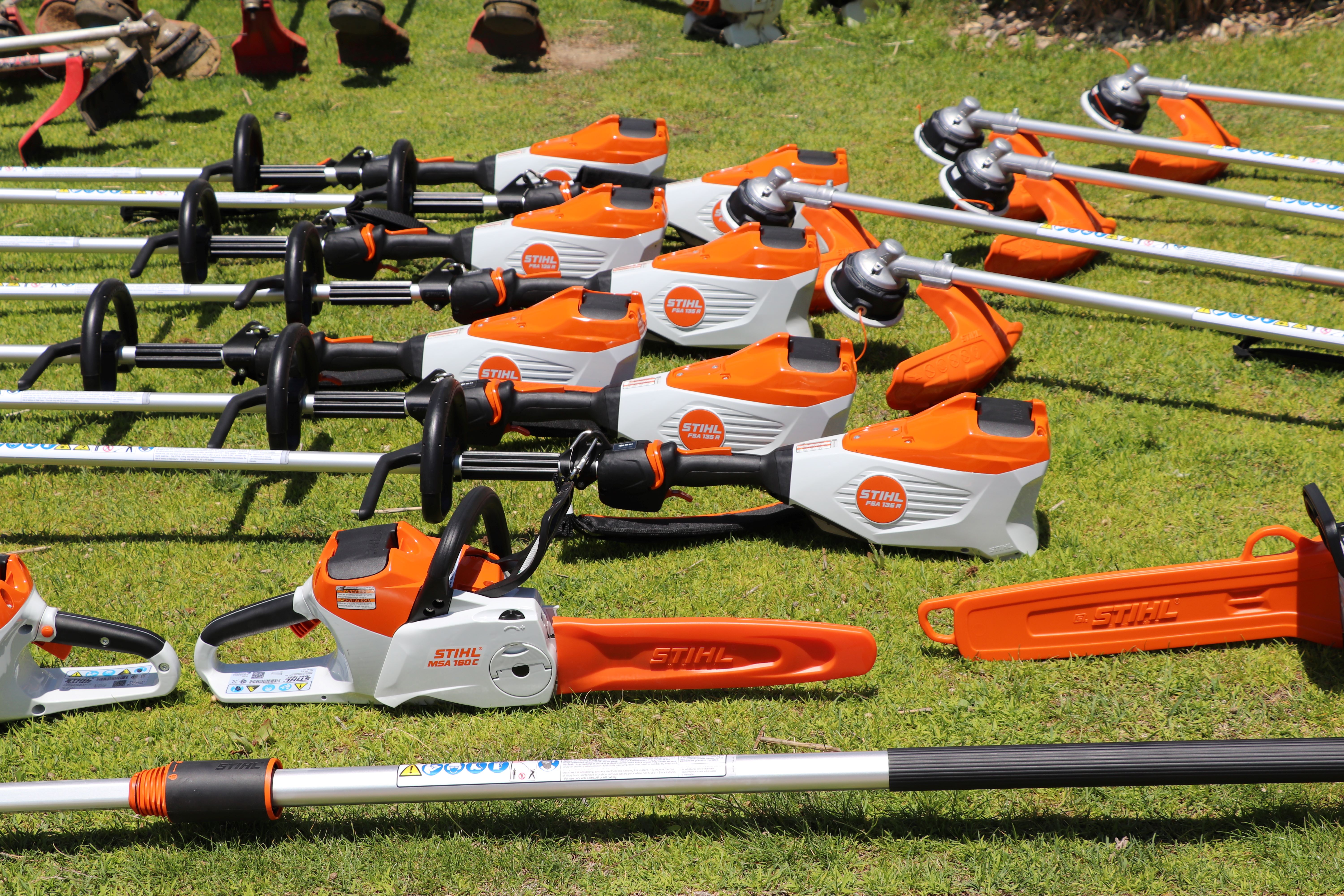
Seeking to reduce negative environmental impacts when purchasing products for facility and park operations. This includes researching green alternatives and, when feasible, purchasing products made of recycled material, manufactured locally, are reusable, serve multiple functions, or provide other health and environmental benefits such as reducing waste, toxins, and air pollution.
Sustainable Product Purchasing Examples:
- Reusing paper and purchasing post-consumer recycled paper and supplies at administrative offices.
- Purchasing and leasing 725 solar panels in three local solar gardens that cover 75-80% of the electric costs at Buck, Lone Tree, and Goodson Recreation Centers and 55% of the energy costs of five irrigation pumps—two at the Littleton Golf Course, two at the South Suburban Golf Course, and one at the Sheridan Ballfield.
- Replacing the coffee machine at the administrative offices with a coffee brewer in 2023, eliminating the use of thousands of plastic coffee pods annually.
- Transitioning to a new payroll system in 2020. This gave the HR team the ability to move all personnel files to electronic files, and the HR team no longer utilizes paper forms for personnel files and HR processes.
- Purchasing software to manage energy use for computers.
Sustainable Design/Construction of Buildings and Facilities
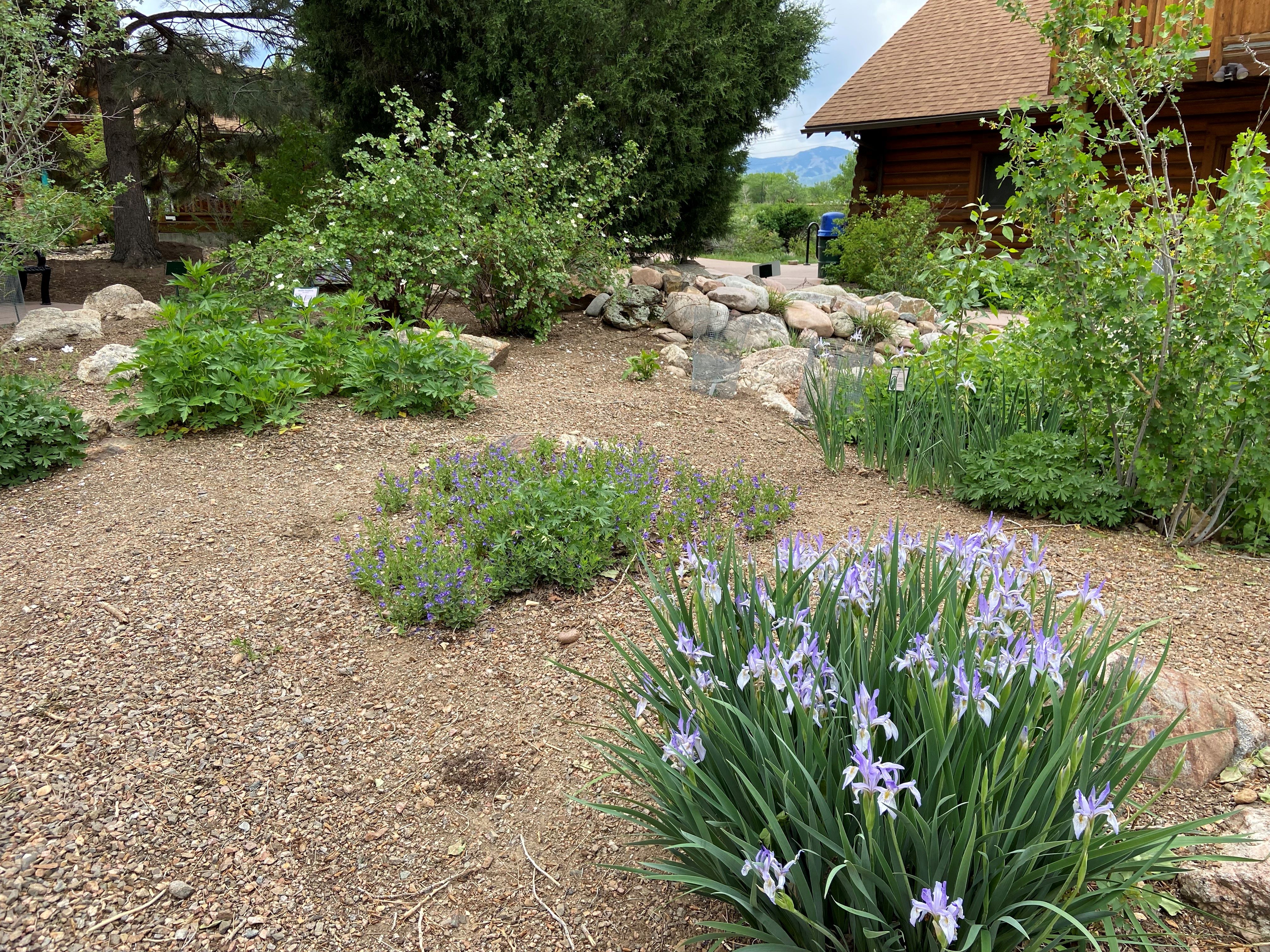
Committed to integrating sustainability into the design and construction of our buildings and facilities. This involves selecting energy-efficient materials and technologies and, when feasible, incorporating renewable energy sources and employing green construction practices. Our approach aims to minimize environmental impact, reduce long-term operating costs, and provide healthy spaces for staff and visitors.
Sustainable Design and Construction Examples:
- Performing energy retrofits at 21 buildings across the district in 2016, estimated to save $392,000 in annual utility and operational costs.
- Receiving a Design Assistance Grant from Xcel Energy for efficient design of the Sports Complex.
- Planning locations for recycling bins and collection in all new construction.
- Hosting an annual shredding event where materials are shredded and recycled.
- Converting water fountains to bottle-fill water fountains in all facilities to help reduce plastic waste.
- Installing internet-connected, computer-automated irrigation controllers that adjust based on weather forecasts and actual rain events and automatically shut down the irrigation system if it detects a break in the line.
- Installing low-flow toilets and motion-activated faucets in restrooms.
- Improving drainageways and stabilizing creeks with our local stormwater management partners, to improve drainageways/stabilize creeks to minimize erosion, cut banks, and stream degradation. Examples include Big Dry Creek (E Dry Creek Rd to Cherry Knolls Park, South Suburban Golf Course, and Arapahoe Bridge Replacement), Willow Creek (West Spring Creek Tributary, and S Quebec St to E County Line Rd), and Jackass Gulch (S. Santa Fe to HLC and realignment within South Platte Park).
- Using renewable energy concepts such as passive solar heat gain utilizing south-facing windows and solar mass to heat a building.
- Minimizing energy loss in some buildings by replacing aging infrastructure, including Insulation with higher R‐value to reduce heating needs in the winter months and replacing aging HVAC equipment with Energy Star-rated furnaces, hot water heaters, and air conditioning units.
- Designing master lighting control systems for newly constructed buildings.
- Replacing outdated metal halide lighting fixtures with new energy-efficient lighting at the recreation centers, ice arenas, driving range, and office facilities.
- Converting to LED bulbs from incandescent and utilizing automatic light switch sensors.
- Installing programmable thermostats at some facilities that enter a vacant/off state when rooms are not occupied.
- Installing occupancy sensors in restrooms, offices, and kitchens to turn off lights when the area is unused.
Sustainability Education and Communication
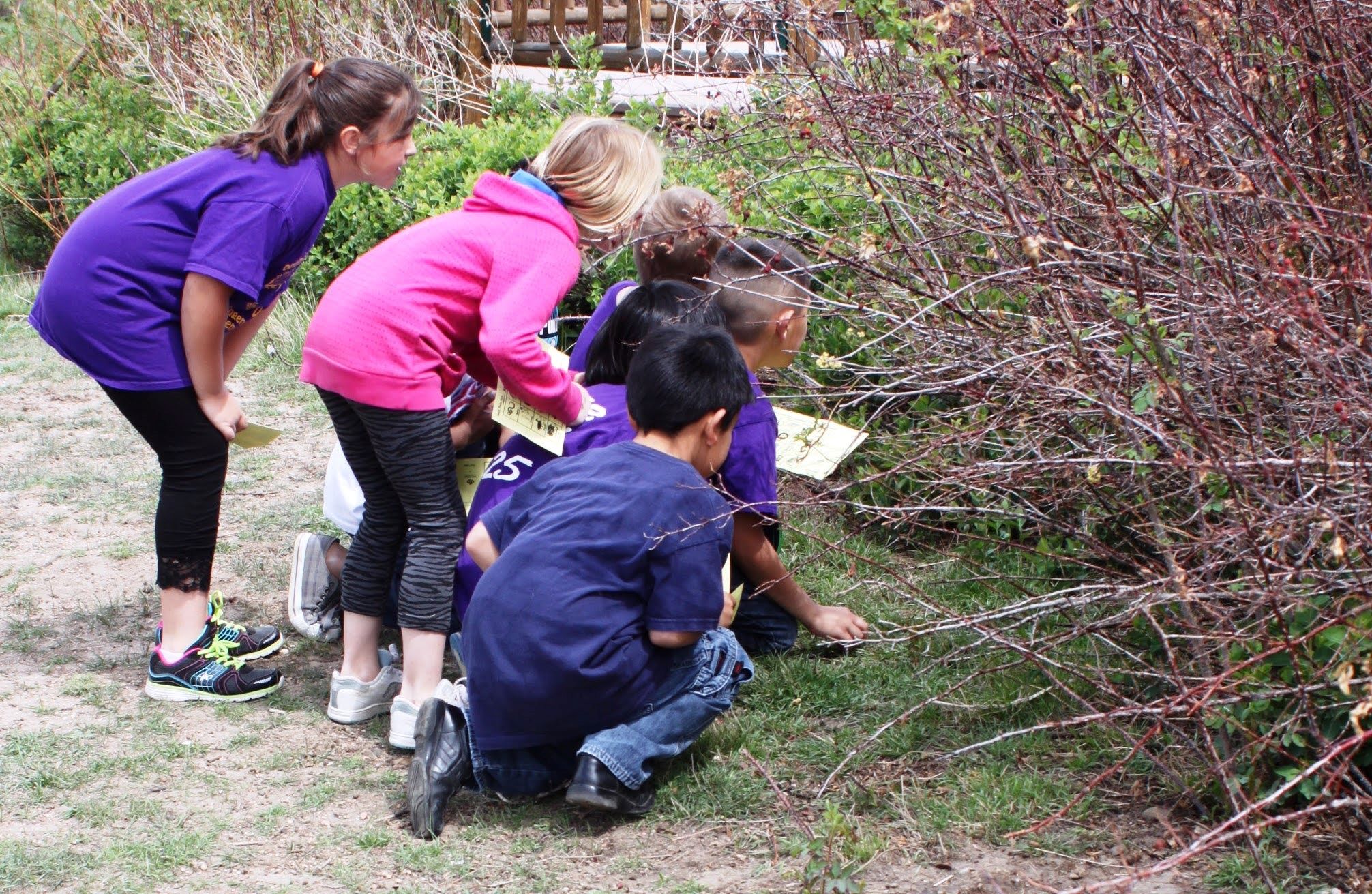
Dedicated to fostering a culture of sustainability through informed education and open communication. This includes engaging our staff through regular updates and guidelines and educating the public through signage, digital platforms, and community events to raise awareness about responsible park use, environmental conservation, and sustainability practices and opportunities.
Sustainability Education and Communication Examples:
- Expanding and promoting nature programming and outdoor education opportunities for the public
- Communicating with staff about sustainability news and best practices monthly.
- Offering earth-friendly community events and celebrations
- Sharing information about local sustainability news and resources
- Providing educational signage in our parks and open spaces.